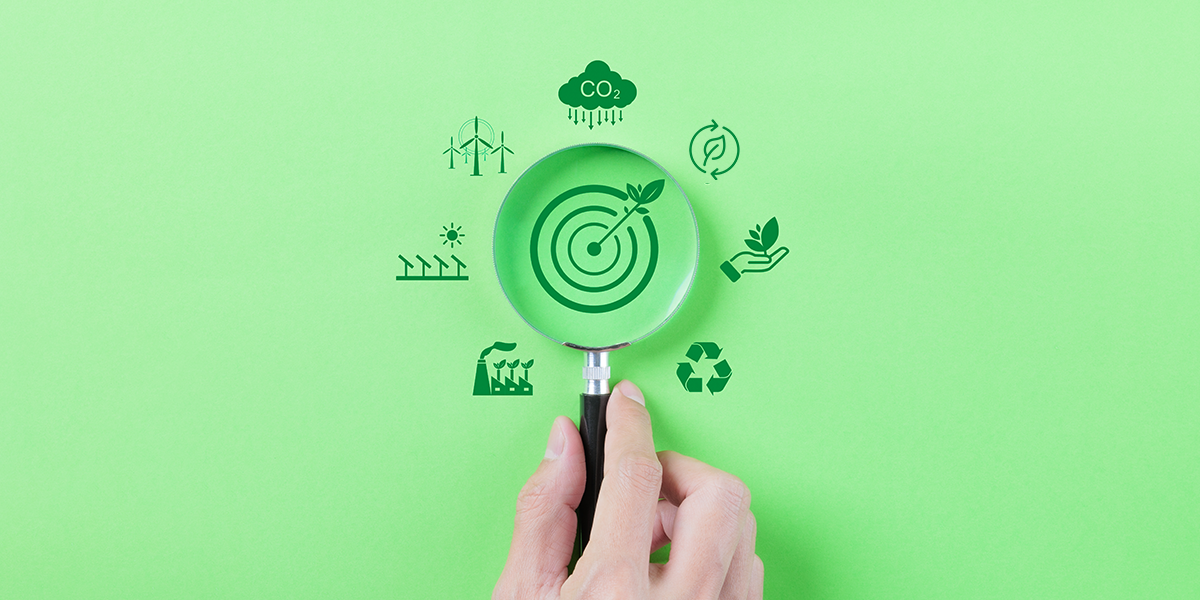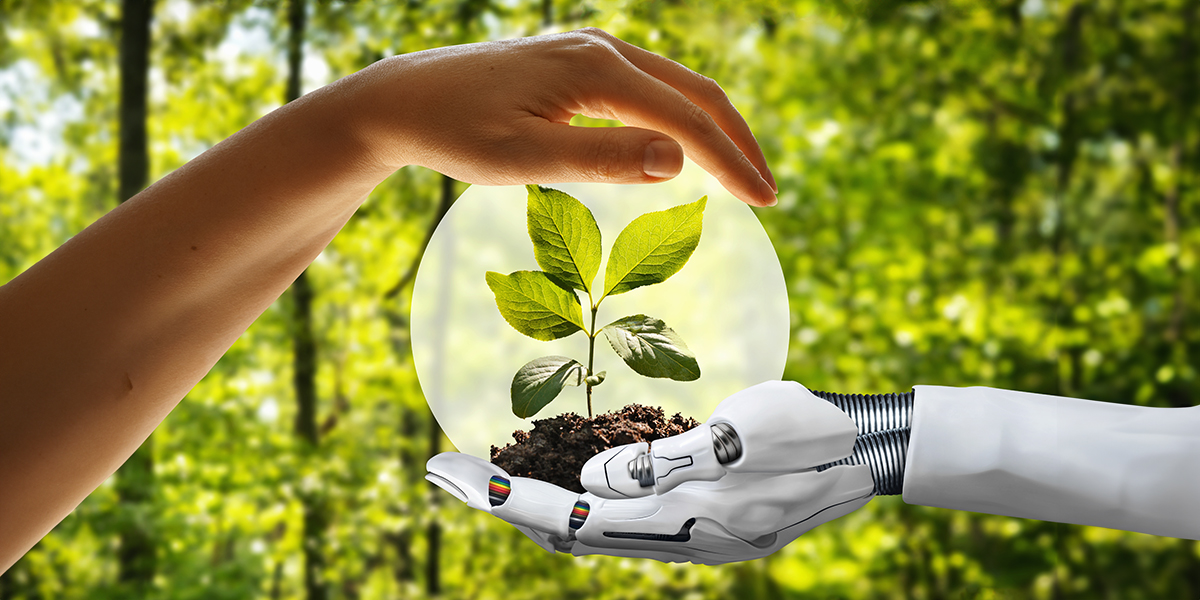Clean Technology: What Is It? How Is Energy Efficiency Achieved?
Clean technology refers to technologies developed based on environmentally friendly and sustainable energy sources. These technologies aim to reduce carbon emissions and minimize environmental impacts by reducing the use of fossil fuels. Production systems based on renewable energy sources such as solar energy, wind energy, and geothermal energy are among these technologies.
Energy efficiency involves reducing energy consumption and using it more efficiently. To achieve this, solutions such as better insulation in buildings, energy-efficient lighting and appliances, and more efficient production processes in industries are highlighted. When energy efficiency is achieved, it not only saves energy costs but also reduces environmental impacts.
Strategies and Applications for Energy Efficiency
Energy efficiency relies on various strategies and applications to reduce energy consumption and utilize existing resources more effectively. Particularly, steps such as improving insulation systems, using energy-efficient lighting and appliances, and adopting smart building technologies are seen as important steps to increase energy efficiency in buildings.
In the industrial sector, strategies such as optimizing production processes, modernizing energy-intensive equipment, and installing energy recovery systems are crucial. Additionally, increasing awareness of energy usage within society and organizing awareness campaigns related to energy efficiency can be an effective approach. All these strategies and applications aim to increase energy efficiency, thereby reducing environmental impacts and saving energy costs.
In this scope, as Borusan Cat, we conduct studies to increase energy efficiency in our facilities. According to the energy efficiency consultancy service reports we received for our Ankara and Gebze facilities, significant reductions in electricity and natural gas consumption are expected with the changes to be made in our facilities. Some of the proposed changes have already been implemented. We have already been implemented some of the proposed changes, we aim to implement all of these improvements and take steps with the awareness towards using energy resources more efficiently.
Renewable Energy Sources and Technologies
Renewable energy sources form the foundation of sustainable energy. Energy obtained from natural sources such as solar, wind, geothermal, and biomass is termed as renewable energy sources. These sources play a significant role in combating climate change as they are environmentally friendly and inexhaustible compared to fossil fuels. Renewable energy technologies such as solar panels, wind turbines, geothermal energy plants, and biomass energy systems are increasingly being utilized.
The adoption of renewable energy sources and technologies is critical for the production and use of sustainable energy. While contributing to a cleaner future by reducing environmental impacts and carbon footprints, they also offer economic advantages. The widespread adoption of renewable energy technologies and the strengthening of infrastructure facilitate easier and broader access to energy.
Smart Grids and Energy Storage Systems
Smart grid refers to the digitalization and integration of traditional energy grids with communication technologies. This technology enhances energy efficiency by optimizing electricity generation, transmission, and consumption, providing reliability and flexibility. Smart grids offer advantages such as real-time data collection and analysis, better management of energy demand, faster detection of faults, and more effective integration of renewable energy sources.
Energy storage systems undertake the task of storing electric energy for later use when needed. We can imagine these systems as large-scale batteries. They collect energy from renewable energy sources (such as solar and wind) and use it during times of high energy demand. Energy storage systems contribute to balancing the energy grid, reducing power fluctuations, increasing reliability, and enhancing energy efficiency.
Clean Fuels and Low-Carbon Energy Production
Clean fuels include energy sources such as biofuels, hydrogen, and natural gas. Biofuels are derived from agricultural waste, organic waste, or biomass and produce energy with lower carbon emissions compared to fossil fuels. Hydrogen can be produced using renewable energy sources and leaves no harmful emissions except water vapor when burned. Natural gas can be a cleaner alternative to other fossil fuels, especially when used in modern facilities, leading to reduced carbon emissions. Low-carbon energy production contributes to the fight against climate change by reducing carbon emissions and lays the foundation for a sustainable energy future.











Hello!
As writers for theBClog, we share with you articles that highlight current developments and inspiring ideas in various topics, from sustainability to technology, energy to climate, and innovation to human interest stories.
Enjoy!